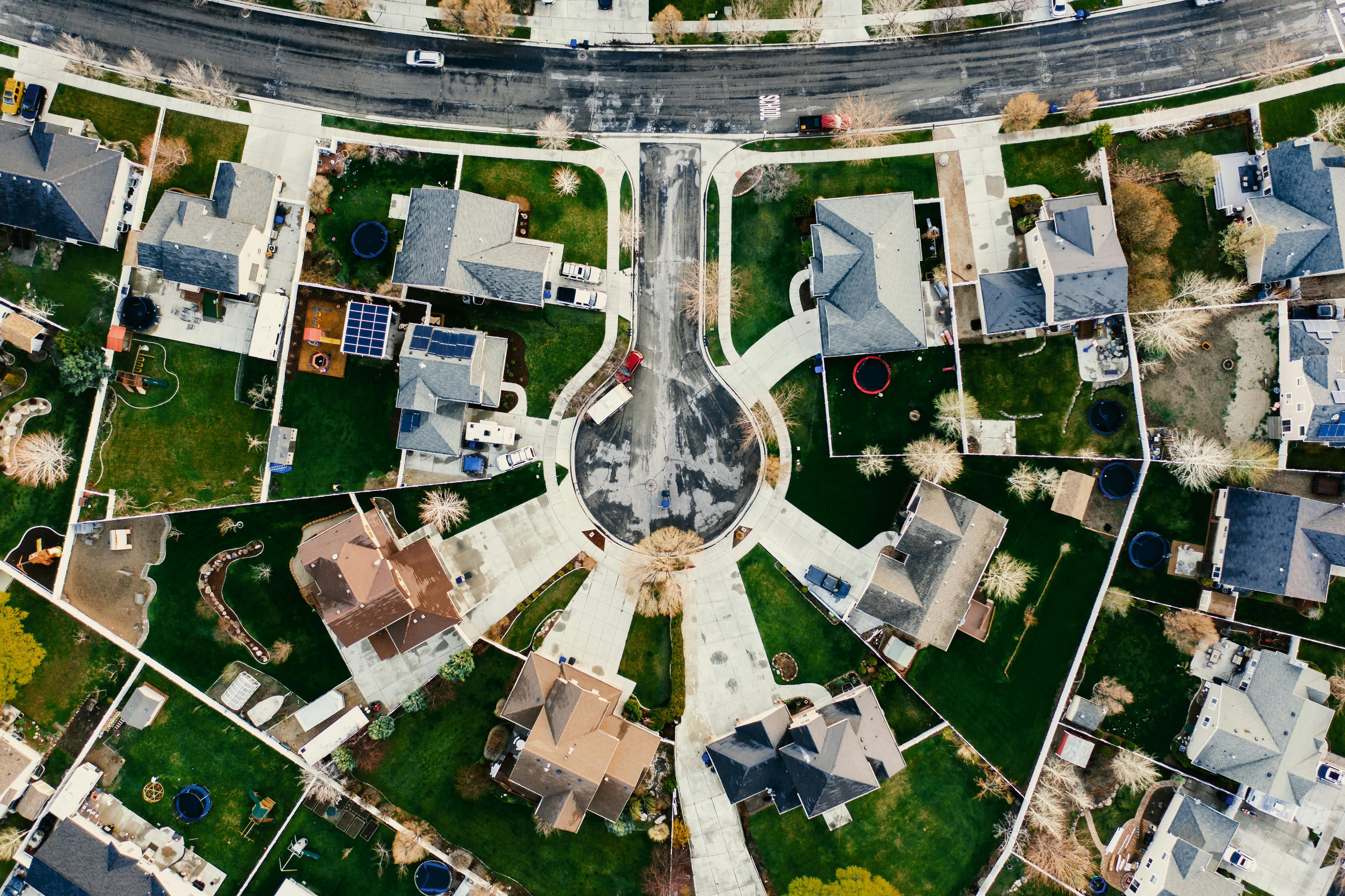Drip irrigation is a great way to make sure your garden is receiving the right amount of water. It can also save you time and money by using less water than traditional methods. Building a drip irrigation system for your garden is not difficult and can be done with a few simple steps. In this guide, we will explain how to build a drip irrigation system for your garden and what materials you will need. We’ll also give some tips on how to maintain the system once it’s in place. With the help of this guide, you’ll be able to enjoy a healthy and thriving gardenDrip irrigation is a form of irrigation that slowly delivers water to plants and soil by using small tubes or pipes with many small holes or emitters. The emitters slowly release water through the tube directly to the roots of the plants, where it can be absorbed. This method of irrigation conserves water because it targets only the specific areas where water is needed without allowing runoff or evaporation. It also allows for precise control over how much water is being used, which helps reduce water waste. Drip irrigation works by using a pressure regulator to reduce the pressure of the main supply line, which then splits off into
Tools and Materials Needed for a Drip Irrigation System
Installing a drip irrigation system is an effective way to water your garden. It’s also fairly simple and requires minimal tools and materials. To get started, you’ll need a few basic supplies. These include:
• Polyethylene tubing – This is the main supply line for the irrigation system, and it’s available in various sizes. If you’re just getting started, you should choose 1/2 inch tubing.
<
Planning the Layout of Your Drip Irrigation System
Planning the layout of your drip irrigation system is essential for ensuring that your plants receive the correct amount of water. Drip irrigation systems can be designed to meet the specific needs of your garden and can be customized to fit any type of garden, from vegetable gardens to flower beds. Before you start laying out the system, it’s important to consider how much water each type of plant needs and where it will be most effective.
The first step in planning a drip irrigation system is to
Laying Out the Trench for the Main Line
When laying out a trench for a main line, it is important to ensure that the trench is properly aligned with the existing features of the landscape. The length of the trench should be determined by the location of existing features such as underground utilities and natural boundaries. It is also important to consider any potential obstructions that may be encountered while digging, such as boulders or tree roots. The depth of the trench should also be taken into account, as this will affect both the amount of excavation required and any necessary safety measures that
https://images.pexels.com/photos/301377/pexels-photo-301377.jpeg
Installing the Main Line
Installing the main line is an important step in any plumbing project. The main line is the primary water supply line that carries water from the municipal water supply to your home’s plumbing fixtures. It is critical to ensure that the main line is installed properly and that all safety measures are taken into account. First, you will need to turn off the water supply to your home, either at the street or at a shut-off valve in your home. Once this is done, you can begin installing the main line. Start by

Connecting the Water Source to the Main Line
Connecting a water source to the main line can be an intimidating task for those who are unfamiliar with plumbing systems. It is important to take the necessary safety precautions and be aware of any potential risks associated with the job. Before beginning, it is important to have all of the necessary materials and tools on hand, as well as a good understanding of local building codes. To begin, you will need to shut off all power sources connected to the water line and ensure that the area is clear of any obstructions or debris.
Setting Up Distribution Lines
Distribution lines are a critical part of the supply chain, as they ensure that products make it from the manufacturer to the customer. Setting up distribution lines can be a complex process, requiring careful planning and coordination. It is important to consider factors such as geography, transportation regulations, and customer needs when designing a distribution network.
The first step in setting up distribution lines is to identify the key locations that need to be connected in order to transport goods efficiently. This includes warehouses, stores, and other endpoints. After identifying
Installing Drippers Along Distribution Lines
Installing drippers along distribution lines is a great way to ensure that plants receive an adequate amount of water. Drippers are small devices that slowly release water at a controlled rate, delivering the exact amount of moisture needed for the plant’s growth. In this way, it becomes easier to maintain the proper level of moisture in the soil and avoid over-watering or under-watering. Furthermore, it reduces wastage due to evaporation and runoff, as the water is directly absorbed by the roots of plants.

Conclusion
Drip irrigation is a cost effective and efficient way to irrigate your garden. It helps to conserve water and ensures that your plants get the water they need without waste. You can easily build a drip irrigation system for your garden in a few simple steps. First, you need to determine the size and shape of the garden area you’re going to irrigate. Then, you need to select the appropriate components for your system, such as hoses, emitters, pressure regulators, etc. Finally, you need to assemble and install the components according to the
